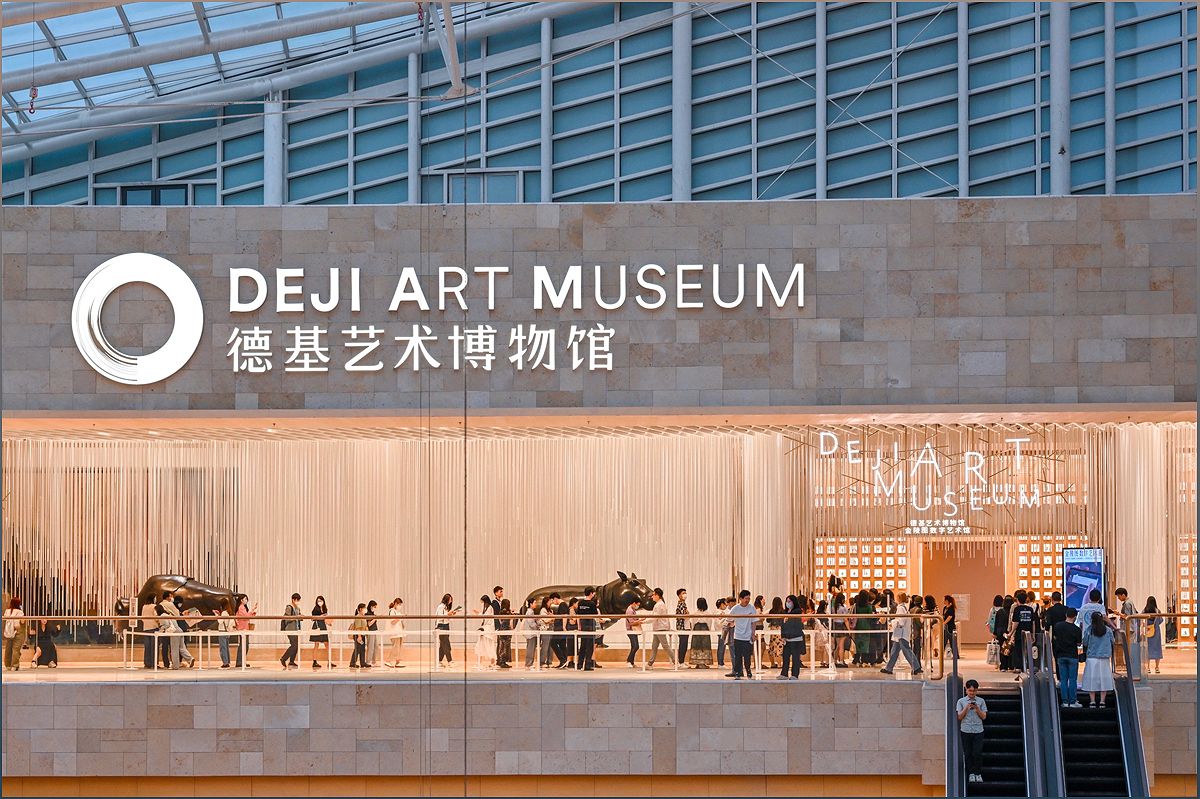Welcome to Nanjing, a hidden gem in China's art and culture landscape. In this article, we will take you on a journey through the city's diverse museums, rich history, and captivating exhibitions. From the ancient capital's picturesque fall foliage to its vibrant contemporary art scene, Nanjing offers a unique and contemplative experience for art enthusiasts. Join me, Emily Adams, as we delve into the artistic treasures that await in this cultural haven.
Discover Nanjing's Rich History
Uncover the ancient capital's historical significance and its impact on the city's art and culture scene.
Nanjing, once the capital of China for 10 dynasties, holds a wealth of history waiting to be explored. From the imposing remnants of the Ming Dynasty city walls to the majestic mausoleums of the Ming emperors, the city's historical sites offer a glimpse into its glorious past.
One must-visit destination is the Nanjing Museum, which houses a fascinating collection of artifacts spanning over 3,000 years of history. Take a journey through time as you explore the exhibits showcasing the city's ancient culture, archaeology, and textiles.
As you wander through the streets of Nanjing, you'll also come across hidden gems like the Confucius Temple, a serene oasis that pays homage to the revered Chinese philosopher. Immerse yourself in the rich history of Nanjing and let it inspire your artistic journey.
Immerse Yourself in Nanjing's Art Museums
Experience the vibrant art scene of Nanjing through its diverse range of museums and galleries.
Nanjing is home to a thriving art scene, with over 60 museums showcasing a wide range of artistic expressions. Start your art exploration at the Sifang Art Museum, the city's first contemporary art museum. Marvel at the eclectic international collection of Lu Xun, which spans various periods and styles.
Another must-visit is the Golden Eagle Museum of Art, a unique private museum known for its hanging architecture and impressive collection. Explore the carefully curated exhibitions that highlight both Chinese and international contemporary art.
Don't miss the Deji Art Museum, strategically located in the heart of the city. Discover the diverse collection of ancient Chinese art, Jinling art, and modern and contemporary art from China and beyond. The museum's exhibitions offer a dialogue between East and West, providing a unique perspective on artistic connections.
Floral Compositions: A Window into Artistic Evolution
Delve into the exhibition 'Nothing Still About Still Lifes' and explore the evolution of floral compositions in art.
The Deji Art Museum is currently hosting the exhibition 'Nothing Still About Still Lifes: Three Centuries of Floral Compositions.' This captivating showcase takes you on a journey through the evolution of floral compositions in both Eastern and Western art.
Experience the cross-pollination of artistic styles as you admire works by renowned artists such as Claude Monet, Pablo Picasso, and Piet Mondrian. Discover the connections between nature, humanity, and art through the lens of floral compositions.
Notably, the exhibition also highlights the works of Chinese and Asian artists, whose pieces resonate with history, ambition, and emotion. Dive into the poignant oil paintings of Wu Guanzhong and the captivating sculptures of Sa Dji, and witness the power of artistic expression.
Nanjing's Art Scene: Bridging Past and Future
Explore how Nanjing's art scene bridges the gap between its rich history and future development.
Nanjing's art scene not only celebrates its historical legacy but also looks towards the future. The Deji Art Museum, located in the bustling Deji Plaza, serves as a cultural axis for the city, connecting the past and the present.
With a focus on both ancient and contemporary art, the museum's collection reflects the city's journey through time. While the ancient collection spans thousands of years, the contemporary collection is still growing, with plans to expand and showcase more diverse works.
Through its exhibitions, the museum aims to shed light on pressing issues such as the ecological crisis and the relationship between human society and nature. It invites visitors to contemplate these themes and encourages them to broaden their thinking and perspective.

